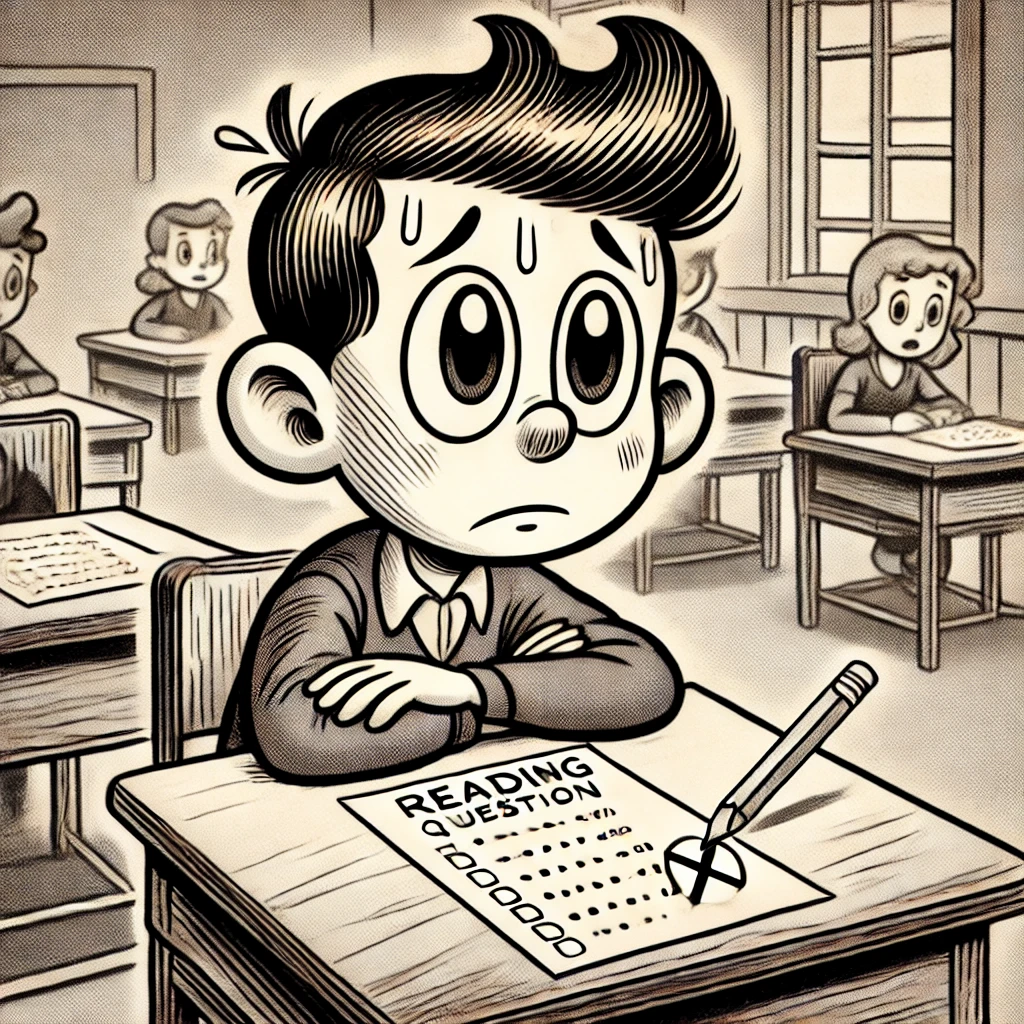
The SAT Reading section can be one of the most challenging parts of the test, but many mistakes students make are avoidable with the right strategies. At Inlighten Tutoring, we work closely with students to identify their strengths and weaknesses, ensuring they avoid common pitfalls and maximize their scores. In this article, we’ll break down some of the most common SAT reading mistakes we see and provide practical tips on how to overcome them, whether you’re a junior starting your SAT journey, a senior looking to boost your score, or someone aiming for top-tier universities.
Mistake: Many students get caught up in the details and lose sight of the overall meaning or tone of the passage. This leads to wrong answers on main idea and tone-related questions.
Solution: Practice summarizing each passage before diving into the questions. Focus on the main argument and the author’s purpose. Rather than overanalyzing minor details, step back and look at how everything fits together.
Mistake: It’s common for students to misinterpret what the question is asking. They might pick an answer that’s factually correct but doesn’t directly answer the question being asked.
Solution: Slow down and read each question carefully. Make sure you fully understand the question before looking at the answer choices. Rephrase the question in your own words to ensure clarity.
Mistake: SAT questions often include answers that seem right at first glance but are either too extreme, irrelevant, or don’t match the passage closely enough. These “trap” answers catch students off guard.
Solution: Learn to spot extreme language (e.g., “always,” “never”) in answer choices and eliminate them. Stick with answers that are supported by direct evidence from the passage.
Mistake: Students often choose the wrong definition for a word in context, going with a common meaning instead of the one that fits the passage.
Solution: Always consider the surrounding sentence or paragraph when answering vocabulary-in-context questions. Ask, “How is this word being used in this particular sentence?”
Mistake: Many students spend too long on one passage or set of questions, leaving themselves with little time to finish the section. This leads to rushed answers and careless mistakes.
Solution: Work on timing. At Inlighten Tutoring, we recommend starting with the passage type you’re most comfortable with and leaving your weaker areas for last. Allocate about 12 minutes per passage and move on if a question is taking too long. You can always return later.
Mistake: Students often choose answers based on intuition rather than using evidence from the passage to support their choice, especially on questions that ask for specific line references.
Solution: Always go back to the passage to find direct evidence. Don’t assume an answer is right just because it “feels” correct—prove it with the text.
Mistake: Paired passages can be tricky because students may not fully grasp the relationship between the two texts. They might answer comparison questions using only one passage’s information instead of both.
Solution: Focus on understanding each passage on its own first, then analyze how they relate. Are the authors agreeing, disagreeing, or discussing the same topic from different perspectives?
By understanding and addressing these common SAT reading mistakes, you’ll be well on your way to improving your score. Whether you’re just starting as a junior, pushing for a score boost as a senior, or aiming for a top-tier university, practicing these strategies will help you avoid pitfalls and achieve your goals. Remember, it’s not just about the test—it’s about unlocking your mind’s potential, both for the SAT and beyond.